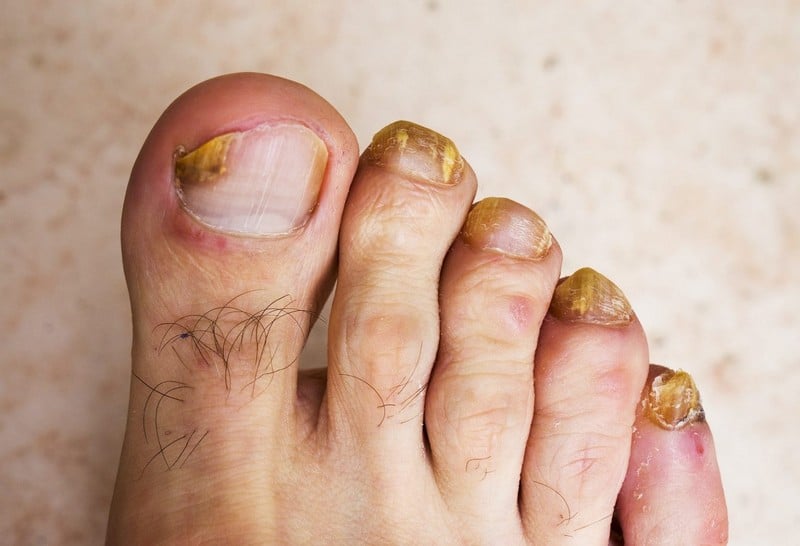Endonyx Onychomycosis

The inner surface of the nail plate can be affected by endonyx onychomycosis. Before, it was thought to be a subtype of distal and lateral subungual onychomycosis since both begin near the tip of the nail. However, they were discovered to have different clinical presentations, mechanisms of disease progression, and root causes. Nail bed inflammation, onycholysis, and subungual hyperkeratosis (scaling) are classic symptoms of distal and lateral subungual onychomycosis but are absent in endonyx onychomycosis.
In recent years, endonyx has been recognized as its subset of onychomycosis. However, it has a unique method by which fungal components penetrate the nail plate from the infection in the fingertip and cause onychoschizia (splitting) of the nail plate without inducing onycholysis or subungual change.
The pathological hallmark of endonyx onychomycosis is a thickened nail plate, which can cause discomfort and bleeding when trimmed. It causes infection without any evidence of inflammatory changes in the nail bed. The affected nail instead takes on a milky white color, its most conspicuous clinical symptom. This may be explained by the existence of tunnels filled with fungal components throughout the whole thickness of the nail plate. Both the nail plate’s smoothness and thickness are typical, wherein the nail bed clings firmly to the nail plate’s basal layers.










